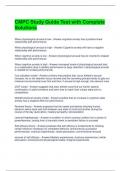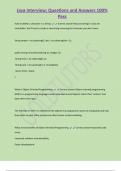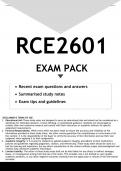Exam (elaborations)
CMPC Study Guide Test with Complete Solutions
- Course
- Institution
CMPC Study Guide Test with Complete Solutions When physiological arousal is low - Answer-cognitive anxiety has a positive linear relationship with performance When physiological arousal is high - Answer-Cognitive anxiety will have a negative relationship with performance When cognitiv...
[Show more]






